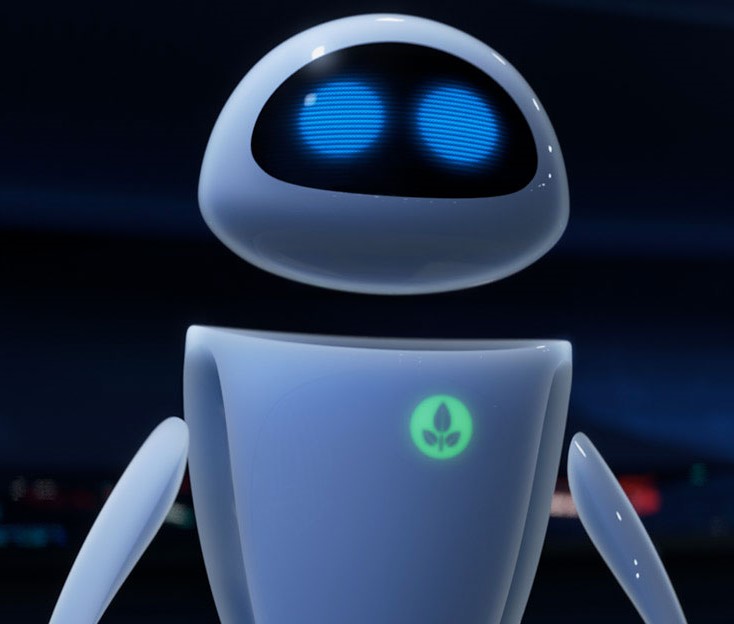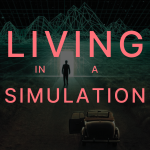The human condition—a tapestry of joy, sorrow, triumph, and struggle.
In this exploration, we delve into the universal experiences that bind us all, from the depths of our emotions to the heights of our aspirations. Join us as we unravel the complexities of what it truly means to be human.
What Is the Human Condition?
The human condition encompasses the universal experiences, challenges, and emotions inherent to being human.
It includes our mortality, search for meaning, relationships, struggles, and aspirations. This concept is important because it unites us across cultures and time, fostering empathy and understanding. Exploring the human condition through art, literature, and philosophy helps us grapple with life’s complexities and find common ground. It drives our quest for knowledge, self-improvement, and societal progress. Understanding the human condition allows us to confront existential questions, develop resilience, and find purpose. It shapes our ethics, values, and how we relate to others, ultimately influencing the course of human civilization.
The Human Condition in Popular Culture
The human condition, with its universal themes of love, loss, and existential questioning, permeates popular culture across various mediums. In literature, works like Camus’ “The Stranger” explore alienation and absurdity. Films such as “The Matrix” delve into questions of reality, social constructs, and free will. TV shows like “Black Mirror” examine the impact of technology on human relationships and society. Music, from Pink Floyd’s introspective lyrics to Kendrick Lamar’s social commentary, reflects our shared struggles and aspirations. Even video games, like “The Last of Us,” probe moral dilemmas and the depths of human resilience. These examples demonstrate how popular culture serves as a mirror, reflecting and exploring the complexities of human existence.
The Human Condition In Literature
The human condition in literature explores universal aspects of human existence, delving into themes like love, death, morality, and the search for meaning. Authors use characters and narratives to reflect on shared experiences and emotions that transcend time and culture. For example, Shakespeare’s “Hamlet” grapples with existential questions and the complexities of human nature. Dostoevsky’s “Crime and Punishment” examines guilt, redemption, and moral dilemmas. In contemporary literature, Kazuo Ishiguro’s “Never Let Me Go” contemplates identity and mortality through a dystopian lens. These works, among countless others, serve as mirrors to our own lives, prompting readers to reflect on their own experiences and place within the human tapestry.
The Human Condition In Art
The human condition in art explores universal experiences, emotions, and struggles that define our existence. Artists throughout history have grappled with themes like love, loss, mortality, and identity. For example, Edvard Munch’s “The Scream” captures existential anxiety, while Frida Kahlo’s self-portraits delve into physical and emotional pain. Rembrandt’s self-portraits chronicle the aging process, reflecting on the passage of time. Contemporary artists like Marina Abramović use performance art to examine human endurance and connection. Literature also addresses the human condition, with works like Albert Camus’ “The Stranger” exploring alienation and absurdity. Through various mediums, artists continue to reflect on what it means to be human, inviting viewers to contemplate their own experiences and place in the world.
The Human Condition In Movies
The human condition, a concept exploring the fundamental aspects of human existence, is a recurring theme in cinema. Films often delve into universal experiences like love, loss, identity, and mortality. For example, “The Shawshank Redemption” examines hope and resilience in the face of adversity. “Eternal Sunshine of the Spotless Mind” explores the complexities of memory and relationships. “Blade Runner” questions what it means to be human in a world of advanced technology. “The Tree of Life” contemplates the nature of existence and our place in the universe. These movies offer profound insights into the shared struggles, joys, and questions that define our humanity, allowing viewers to reflect on their own experiences and connect with characters on a deep, emotional level.
The Human Condition In Sci-Fi
Science fiction often explores the human condition by placing characters in extraordinary circumstances, revealing fundamental truths about our nature. In “Blade Runner,” replicants grapple with mortality and identity, mirroring our own existential questions. “The Martian” showcases human resilience and ingenuity in the face of isolation and adversity. “Black Mirror” episodes examine our relationship with technology, exposing our vulnerabilities and ethical dilemmas. “Arrival” delves into communication and perception, challenging our understanding of time and language. These narratives serve as mirrors, reflecting our fears, hopes, and inherent humanity. By pushing the boundaries of reality, sci-fi allows us to examine ourselves from new perspectives, illuminating the core of what makes us human.
The Human Condition In AI
The human condition in AI explores how artificial intelligence intersects with fundamental aspects of human existence. As AI systems become more advanced, they raise questions about consciousness, emotions, and self-awareness. For example, language models like GPT-3 can engage in human-like conversations, blurring the lines between machine and human communication. Autonomous vehicles challenge our notions of decision-making and ethics, as they must navigate complex moral dilemmas. AI art generators like DALL-E spark debates about creativity and authorship. These technologies force us to reconsider what it means to be human and how we define intelligence, empathy, and consciousness. As AI continues to evolve, it will increasingly mirror and challenge our understanding of the human experience.
Conclusion
In the end, the human condition unites us all—a complex tapestry of joy, suffering, love, and loss. As we navigate life’s challenges and triumphs, we find meaning in our shared experiences. By embracing our humanity and connecting with others, we can find solace and purpose in this beautiful, often perplexing journey we call life.



Leave a Reply